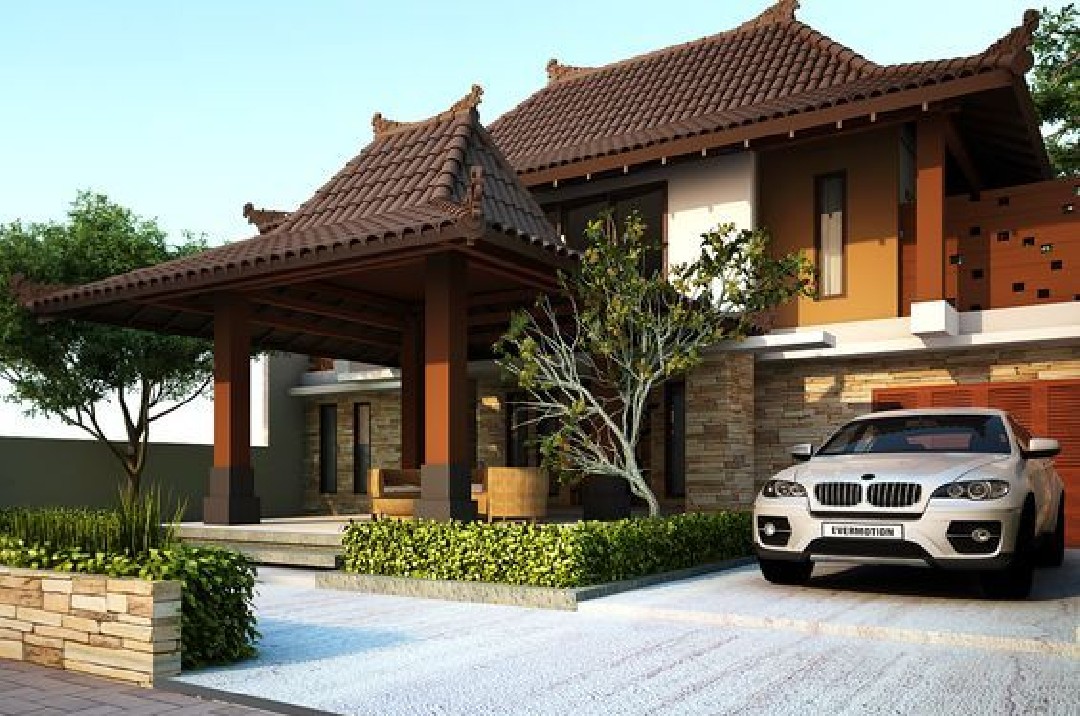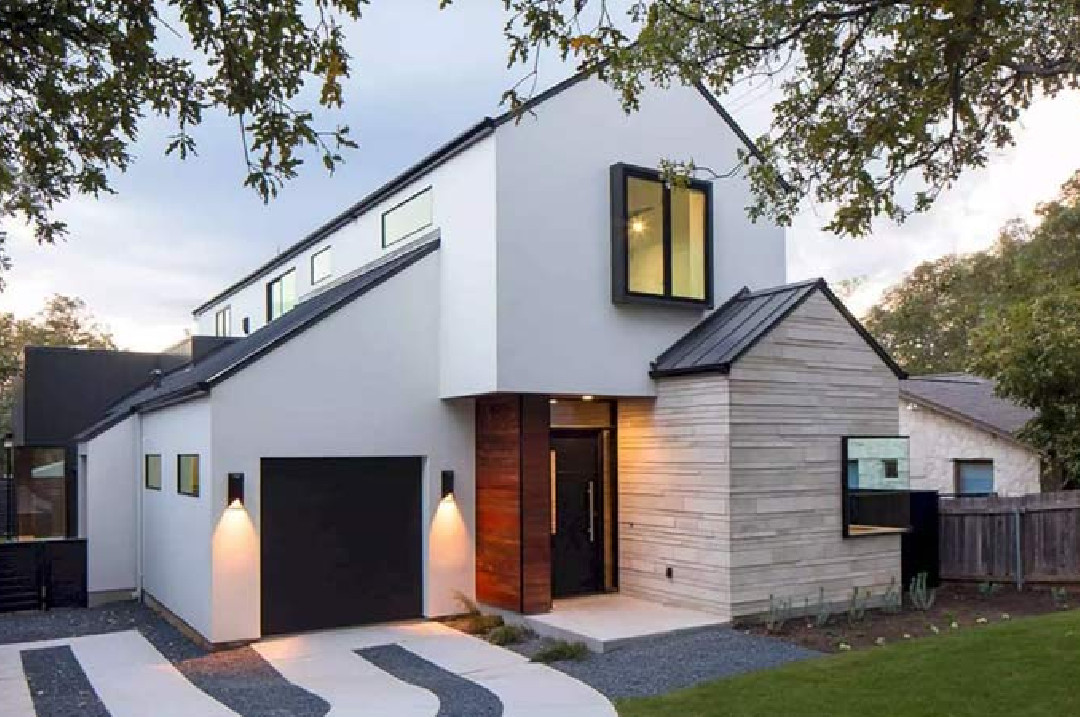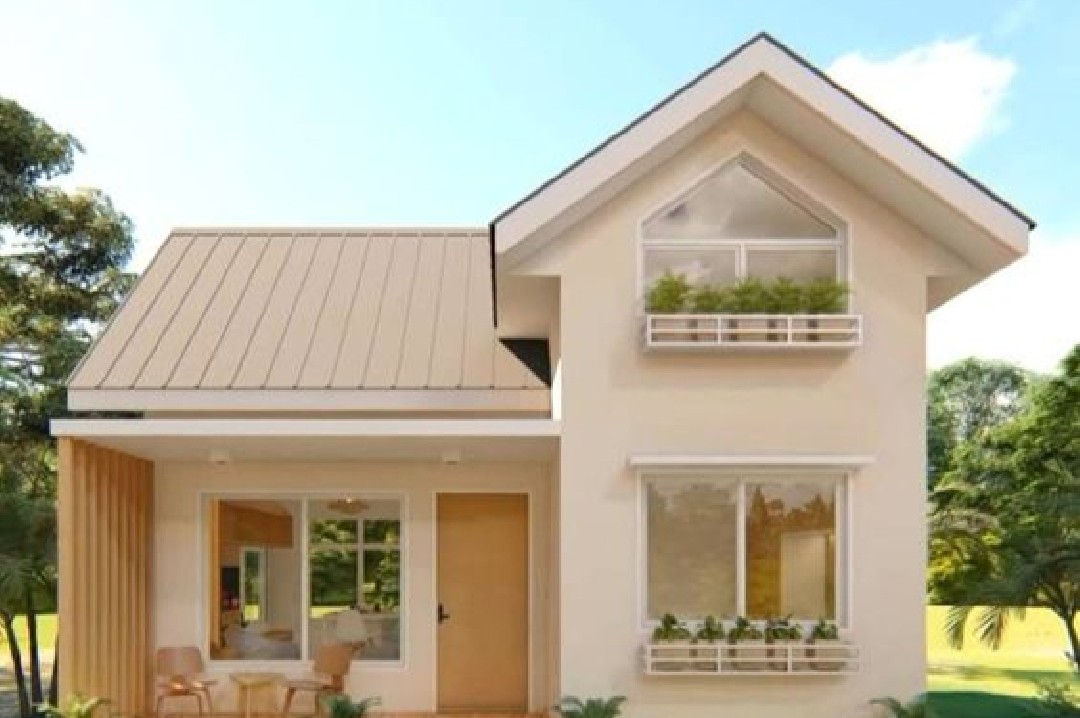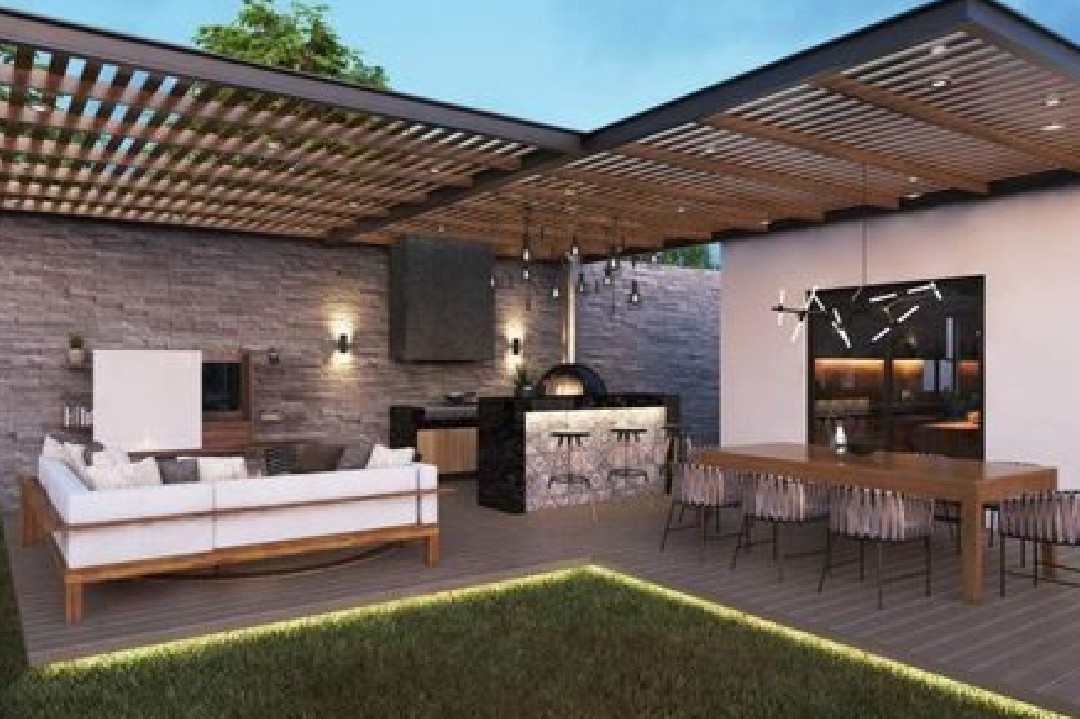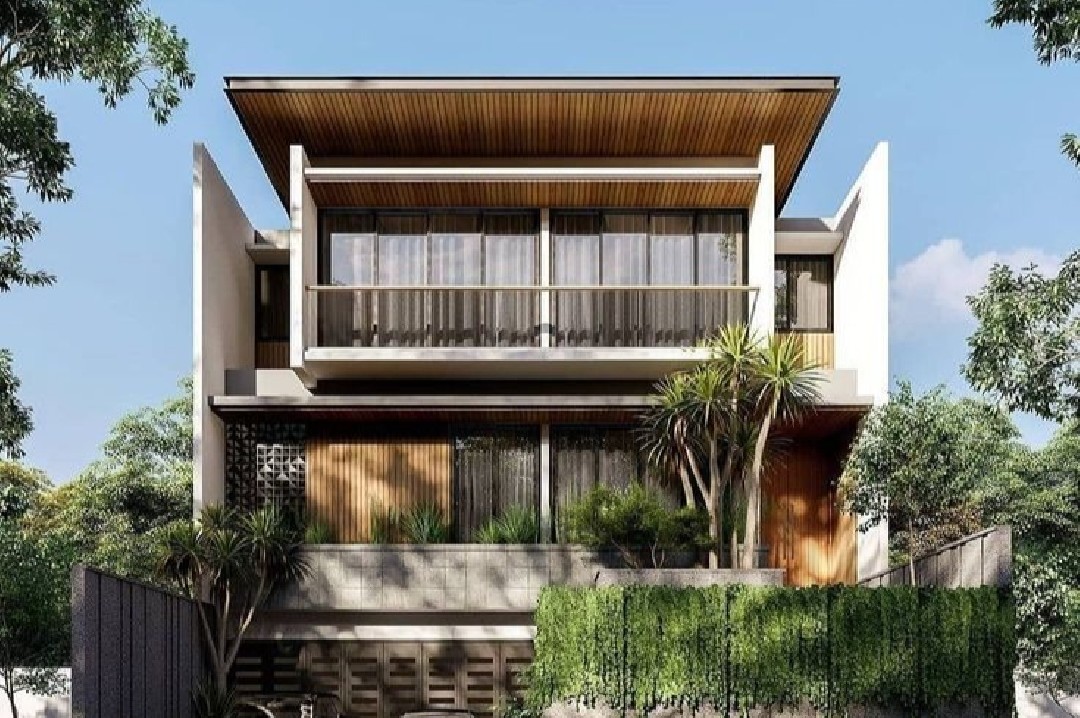What Makes Japanese Houses or "Minka" So Unique?
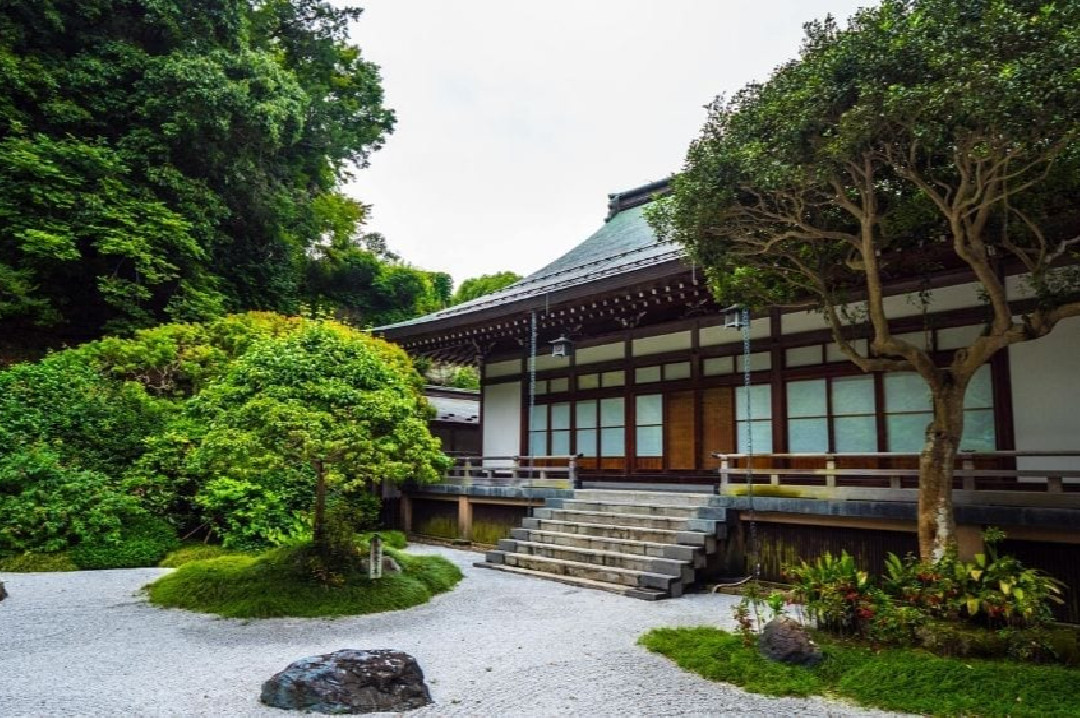
According to Wikipedia, Minka (Japanese: 民家, lit. "house of the people") are vernacular houses constructed in any one of several traditional Japanese building styles. In the context of the four divisions of society, Minka were the dwellings of farmers, artisans, and merchants (i.e., the three non-samurai castes). This connotation no longer exists in the modern Japanese language, and any traditional Japanese-style residence of appropriate age could be referred to as Minka.
Japanese houses have several unique features that make them distinctive and appealing. Here are some characteristics of Japanese homes:
Tatami Mats
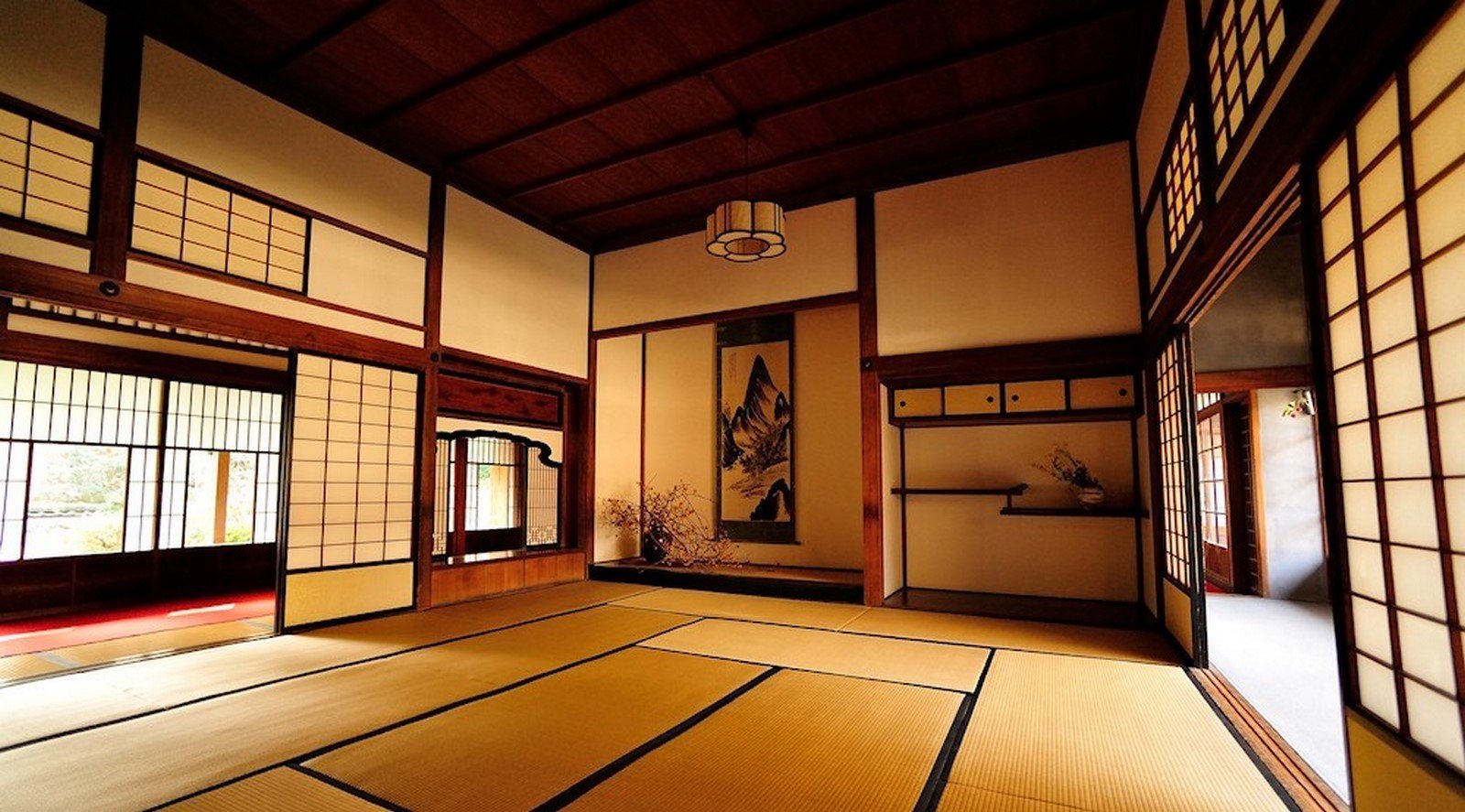
https://i0.wp.com/1440review.com/wp-content/uploads/2022/06/image.jpeg?resize=1000%2C554&ssl=1
Tatami mats are traditional Japanese flooring made of woven straw. The size of tatami is often used as a standard measurement for room dimensions. Tatami provides comfort for sitting and sleeping, and helps regulate humidity in the room.
Shōji dan Fusuma
Shōji
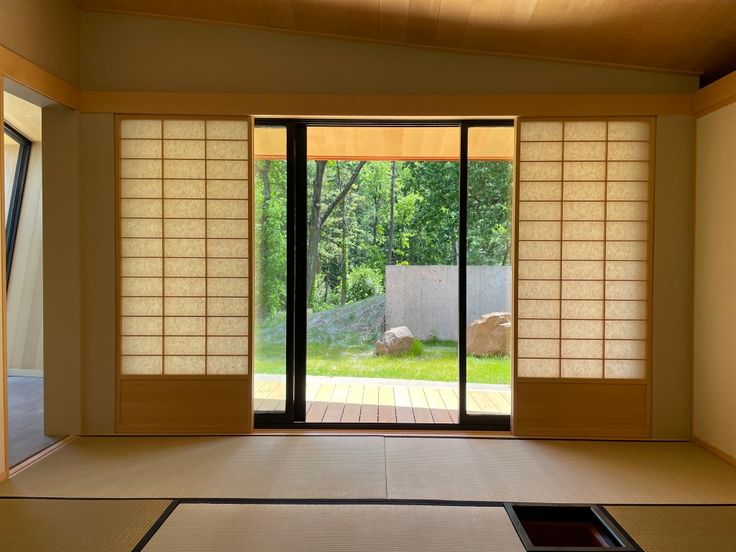
https://id.pinterest.com/pin/1126885138006502352
Shōji are traditional Japanese sliding doors made of wooden frames and translucent paper (washi). They allow natural light to enter while maintaining privacy and creating a calm atmosphere. Their lightweight and flexible nature makes it easy to reconfigure spaces, enhancing the sense of openness.
Fusuma

https://www.nippon.com/en/ncommon/contents/guide-to-japan/11159/11159.jpg
Genkan
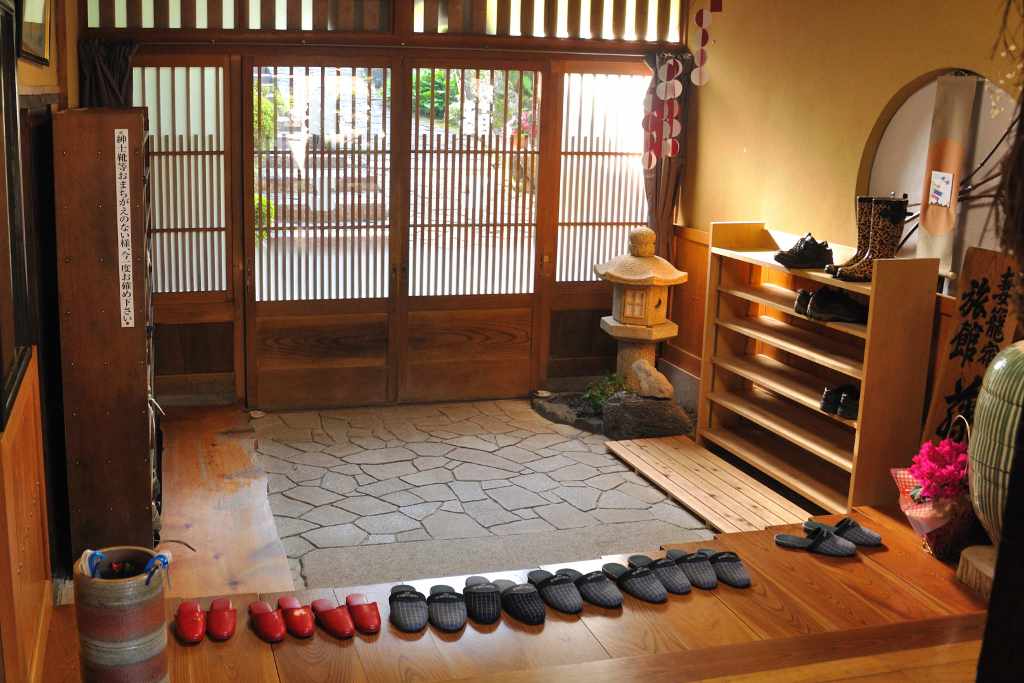
https://id.pinterest.com/pin/134404370122692480
Genkan is the entryway area where shoes are removed before entering the house. This area is typically lower than the main floor of the house and often equipped with a rack or space to store shoes.
Engawa
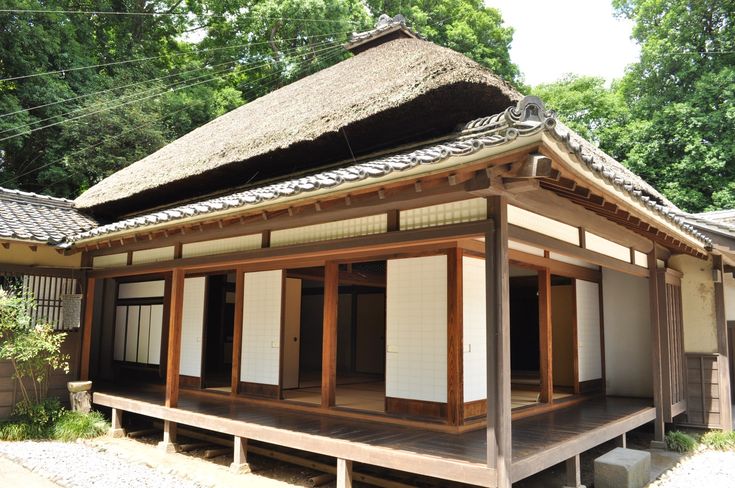
https://id.pinterest.com/pin/47780446040185348
Engawa is a narrow corridor surrounding the house, located between the interior space and the outer garden. Engawa is usually made of wood and serves as a transitional area.
Tokonoma
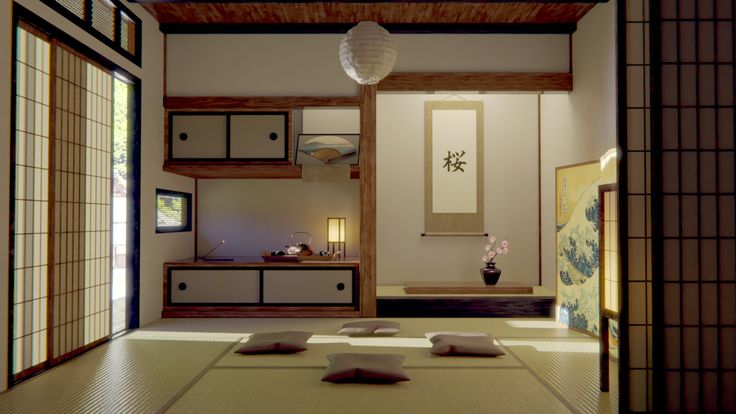
Tokonoma is an alcove used to display art objects, such as calligraphy scrolls, flowers, or other ornaments. Tokonoma is the aesthetic focal point of a tatami room.
Gardens

Japanese gardens are meticulously designed, incorporating natural elements like rocks, water, and plants. These gardens create a peaceful and harmonious atmosphere, often viewed from inside the house through large windows or engawa.
Natural Materials
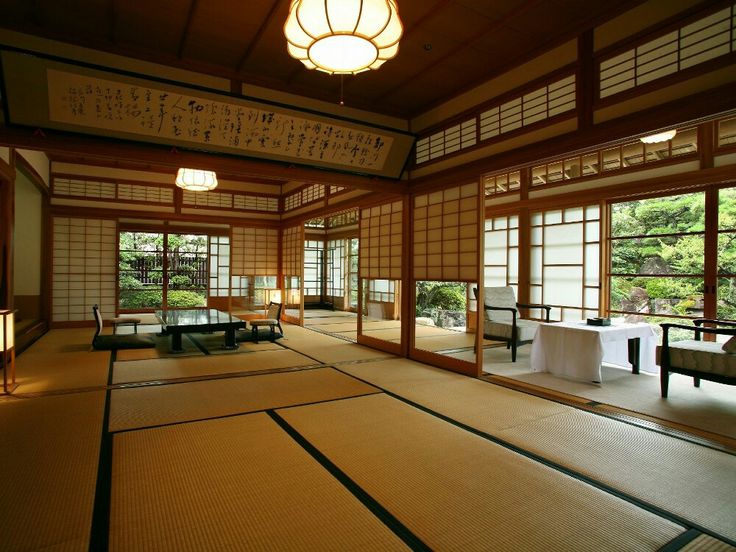
https://id.pinterest.com/pin/151574343701198814
Japanese houses extensively use natural materials such as wood and bamboo. This provides a warm and natural feel and helps the house blend with its surroundings.
Minimalist Design
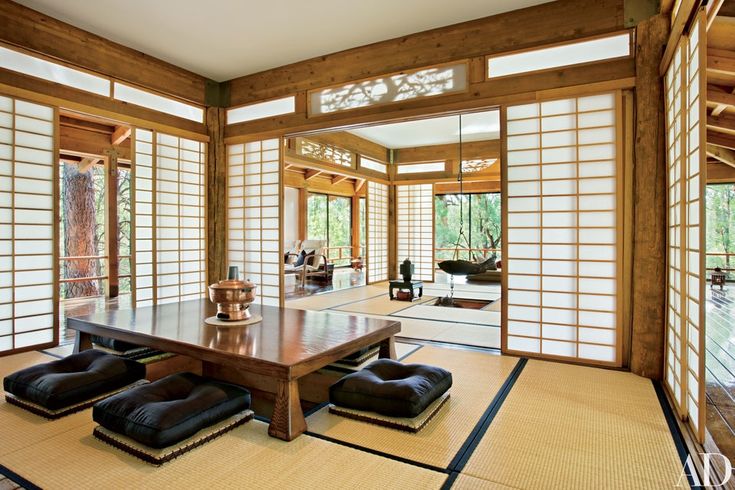
https://id.pinterest.com/pin/1107533733332860060
The design of Japanese houses is often minimalist, with simple furniture and decoration. Rooms are designed to be functional and uncluttered, creating a calm and tidy space.
Natural Lighting
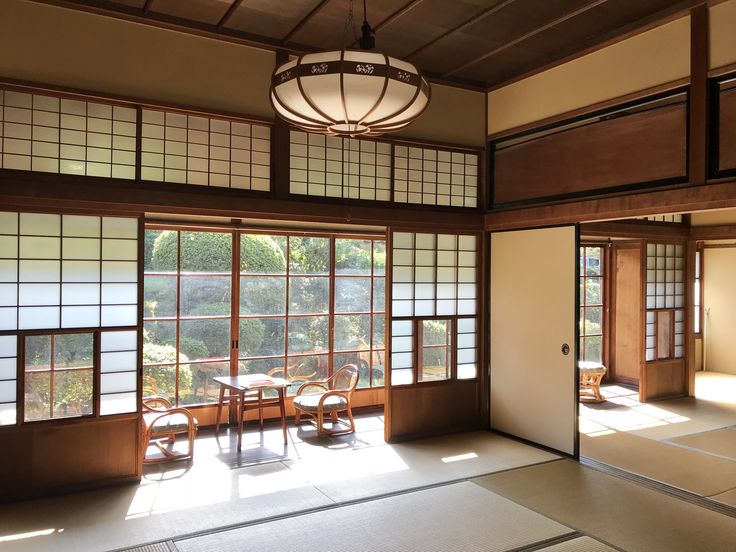
https://id.pinterest.com/pin/422281207652519
Japanese houses make great use of natural lighting. Large windows, shōji, and open spaces allow natural light to enter and spread throughout the rooms.
Onsen and Furo
Onsen
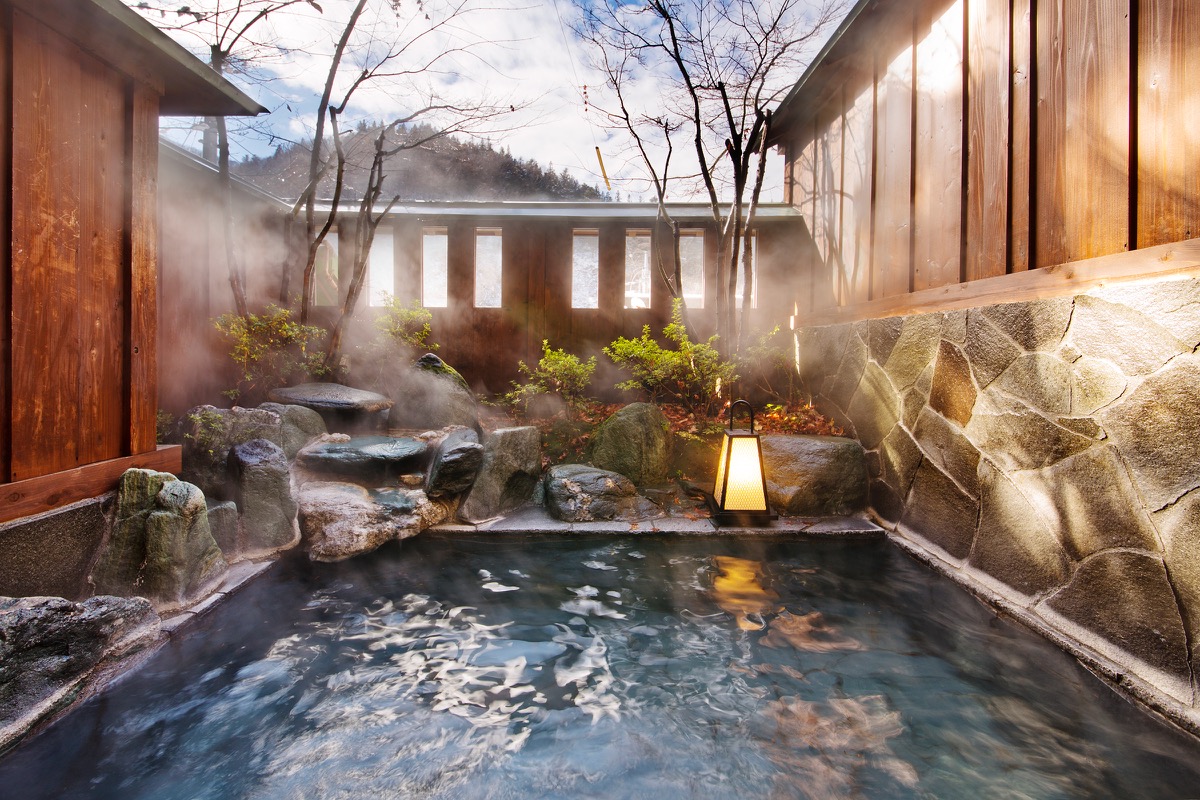
Onsen is a natural hot spring bath in Japan formed by volcanic activity. Onsens are famous for their health benefits due to the mineral content in the water. They are often located outdoors with beautiful natural scenery, and following Japanese bathing etiquette, such as cleansing oneself before soaking, is very important.
Furo
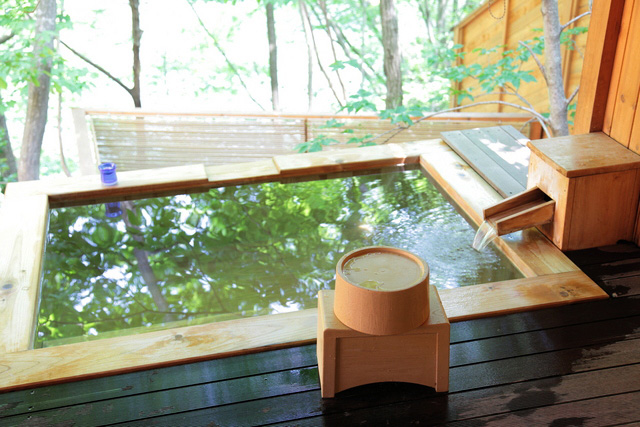
Sloping Roofs
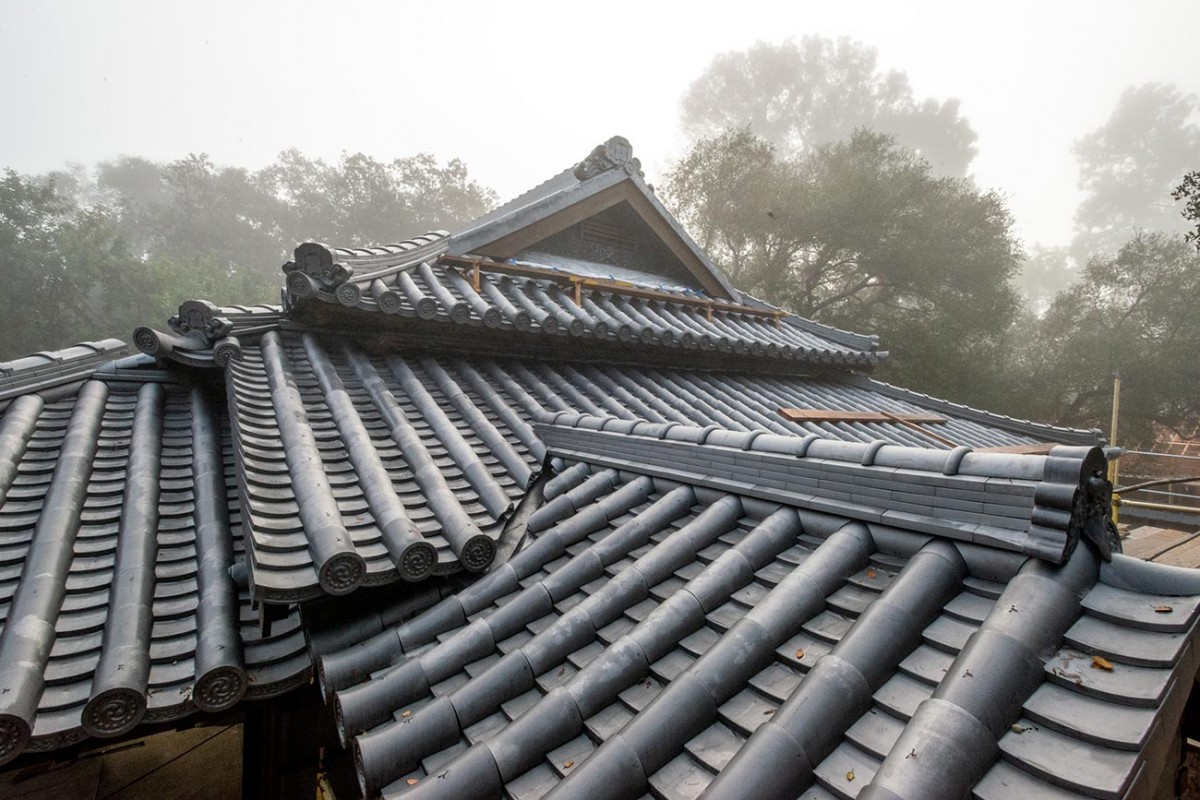
https://www.westernroofing.net/wp-content/uploads/2023/01/4_20210824-21991-1.jpg
Traditional Japanese houses usually have sloping roofs designed to withstand snow and rain. These roofs often have long overhangs to protect the walls from weather.


